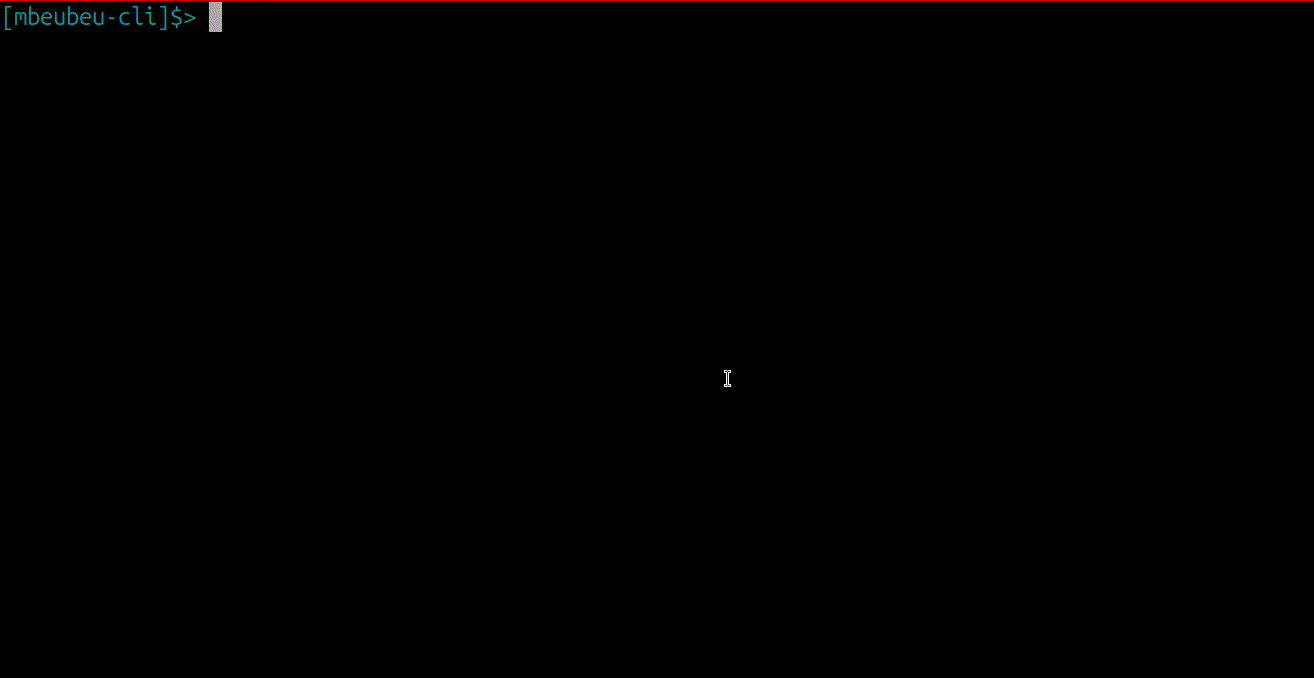
Mbeubeu Listeners

To create a new listener, use the
listener generate command:listener generate -n 'name' -a address:port -t type [-c cert] [-k key]
This will create a listener with the specified type (e.g., HTTP, HTTPS, QUIC) and bind it to the provided address and port.
Note: If the listener address does not include a port, just provide the domain or IP address.
If the listener type is HTTPS or QUIC, port :443 will be used by default.
If the type is HTTP, port :80 will be used.
Available listener types:
http, https, quic
QUIC and HTTPS listeners can share the same port, and I highly recommend using both.
You should host payloads over HTTPS and use QUIC for communication between the server and Bayefall.
HTTPS relies on the TCP transport protocol, while QUIC uses UDP.
I know what you might think when you hear "UDP," but don't worry no packets will be lost; everything will work reliably.
I encourage you to take some time to read the documentation about the QUIC protocol you'll enjoy it.
Here is the full Google Doc:
QUIC Documentation
.
If you are using HTTPS or QUIC, make sure to provide the appropriate SSL certificate and key:
-c certificate_path -k key_path
You can use the files/tools/generate_cert script to generate a self-signed certificate.
Example of generating a listener:
listener generate -n my_listener -a 192.168.1.100:443 -t https -c cert.pem -k key.pem
listener start command:listener start -n 'listener_name'
This will start the listener with the specified name.
To stop a running listener, use the
listener stop command:listener stop -n 'listener_name'
To delete a listener, use the
listener delete command:listener delete -n 'listener_name'
listener show command:listener show
This will list all currently active listeners.
Next: Payloads